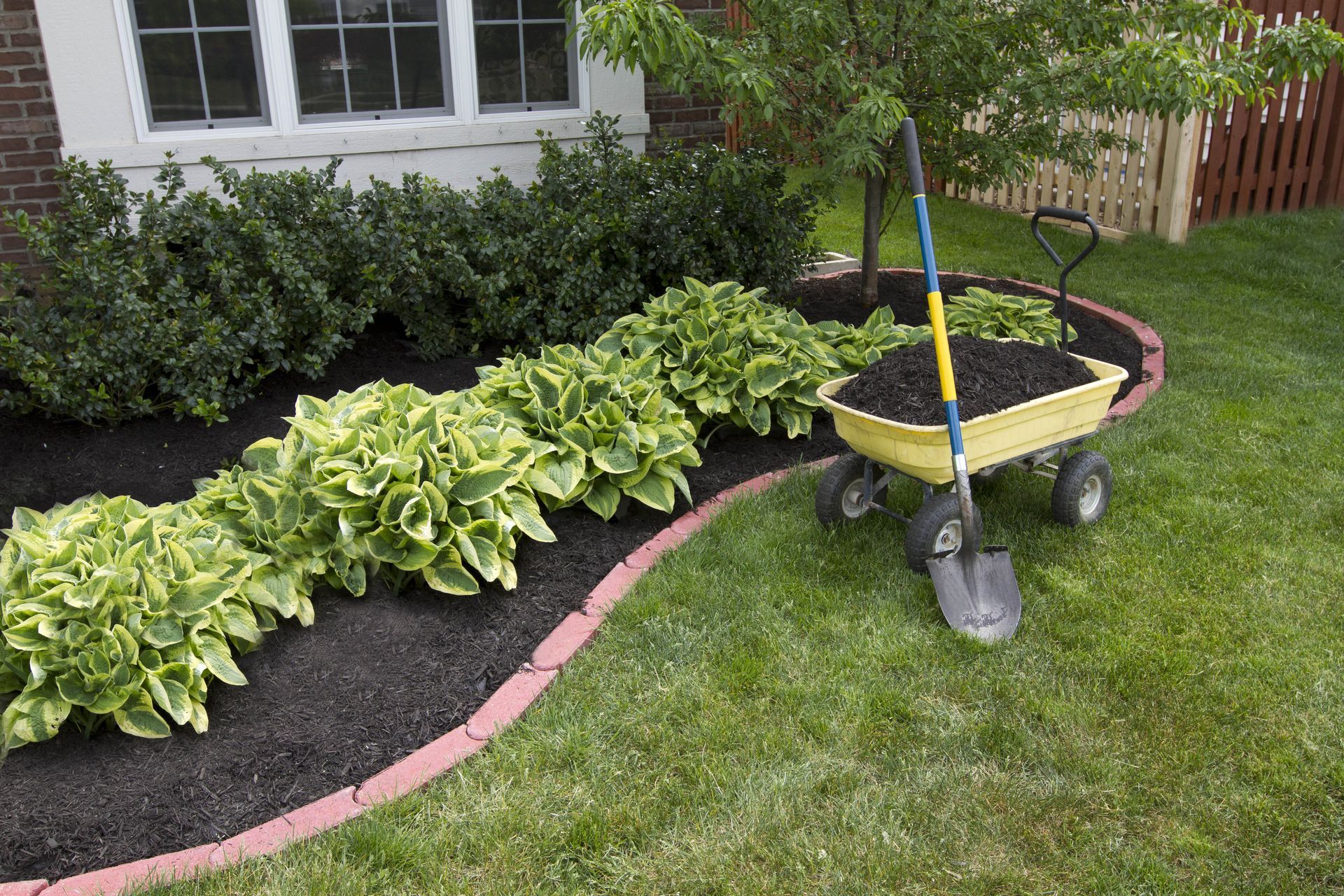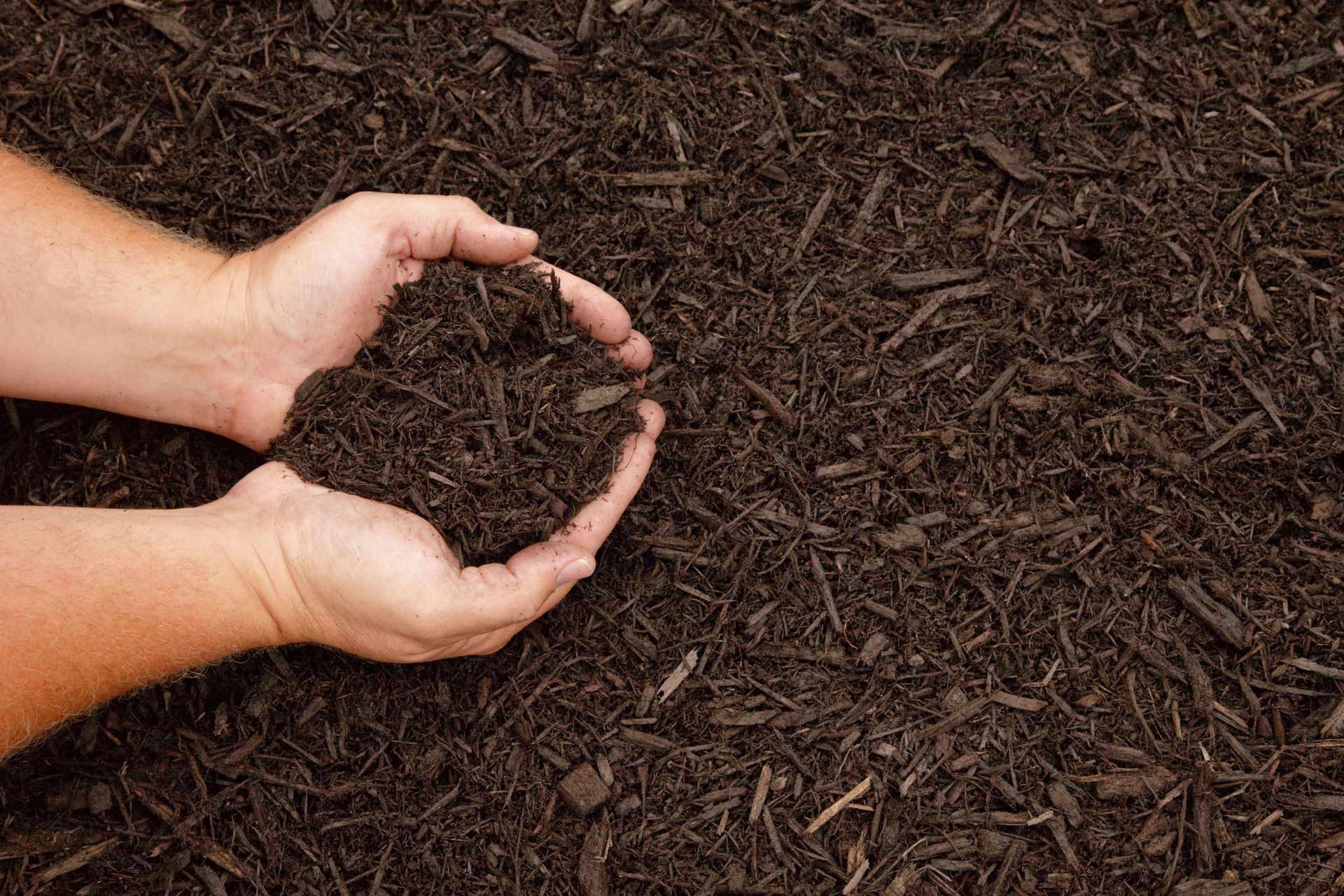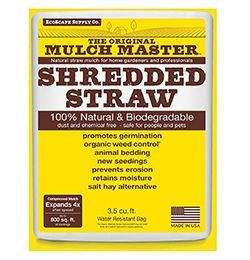How to Use Mulch Effectively
Mulching is one of the simplest yet most powerful techniques for creating a healthy, low-maintenance garden. By covering the soil with a protective layer of organic or inorganic materials, mulch helps regulate soil conditions, reduce weeds, and enhance plant growth. However, knowing how to use mulch effectively is just as important as choosing the right type. In this article, we'll break down the different types of mulch, their benefits, and the best practices for application, giving you the knowledge to transform your garden into a thriving, resilient space with the help of this landscaping material.
Understanding the Types of Mulch
With various types available to suit different needs, mulch serves as a versatile and essential landscaping material. The primary categories of mulch are organic, inorganic, and living. Each has its unique characteristics and advantages, making it vital to understand their properties to choose the right one for your garden.
Organic mulches, such as shredded bark, wood chips, and straw, are popular due to their ability to decompose over time and enrich the soil with nutrients. They improve soil fertility and structure, promoting healthy plant growth. Moreover, organic mulches offer good moisture retention and are blend in well in natural garden settings.
Inorganic mulches include materials like gravel, stones, and black plastic. These are more durable and require less frequent replacement, making them suitable for permanent landscapes. Inorganic mulches are effective in stabilizing soil temperatures and preventing weed growth, though they lack the nutrient-boosting benefits of organic mulches.
Each type of mulch offers specific benefits, and living mulches, such as cover crops, add further dimensions to mulch usage. Living mulches not only protect soil from erosion but also fix nitrogen and improve soil health. They can be integrated into crop rotations, aligning well with sustainable gardening practices.
Considering the Benefits of Mulching
The many benefits that mulching offers can significantly enhance garden productivity and health. One primary advantage of this landscaping material is moisture retention. By covering the soil surface, mulch reduces evaporation, helping retain moisture in the soil for longer periods.
Moreover, mulch acts as a barrier against weeds, suppressing their growth by blocking sunlight. Weeds compete with plants for resources, so keeping them at bay is crucial for a healthy garden. This weed suppression contributes to the overall vitality of garden plants.
Regulating soil temperature is another notable benefit of mulching. In hot weather, mulch keeps the soil cooler, and in cold conditions, it prevents rapid temperature drops. This regulation protects plant roots from stress caused by extreme temperature fluctuations.
Mulching also plays a significant role in enriching the soil, especially when using organic types. As organic mulch decomposes, it releases nutrients, enhancing soil structure and fertility. This natural process supports plant health and encourages a balanced ecosystem in the garden.
Reviewing How to Apply Mulch Correctly
The correct application of mulch is crucial for its effectiveness. Before laying mulch, preparing the area is essential. Clear the soil surface of weeds and debris to ensure that mulch directly benefits the intended plants.
Determining the correct mulch depth is vital for maximizing its advantages. In our experience, a mulch layer of two to four inches suffices for most garden beds. It's important to spread mulch two to three inches away from woody stems and tree trunks, according to Lowe's, to prevent moisture accumulation, which can lead to decay.
Place mulch evenly around plants, ensuring not to pile it against plant bases. Keeping mulch off trunks and stems prevents rot and pest issues. Even distribution of mulch promotes uniform soil protection and moisture retention.
Troubleshooting Common Mulching Issues
Despite the numerous benefits of this landscaping material, mulching can sometimes present challenges. One common issue is the development of mulch mold or fungi. This often occurs when mulch is too thick or retains excess moisture.
Pest problems can also arise with mulch, as some insects and rodents might find it attractive. Choosing a type of mulch that deters pests, such as cedar, and maintaining cleanliness can help minimize this issue. Monitoring and addressing pest activity promptly prevents severe infestations.
Over-mulching is another concern that can negatively impact plant health. Thick layers restrict air flow and create overly moist conditions, leading to root rot. Adhering to proper mulch depth and spacing away from stems ensures adequate air circulation.
Color fading can occur over time, affecting the aesthetic aspect of mulch. Periodic refreshment or top dressing can maintain a vibrant appearance. Selecting mulch types that weather gracefully can also contribute to long-lasting visual appeal.
Mulching in Different Climates
Mulching techniques must be adapted for varying climate conditions. In dry climates, retaining moisture is vital, and the use of moisture-conserving organic mulches is beneficial. Selecting light-colored mulches helps decrease soil temperature and evaporation rates.
In wet climates, where excess moisture may be a concern, inorganic mulches like gravel can promote better drainage. It is essential to manage mulch thickness to allow for proper airflow and prevent water from accumulating. Regular inspection helps mitigate mold growth and soil compaction issues.
In temperate zones, seasonal adjustments to mulching practices are necessary. During the winter months, an additional layer of mulch provides insulation against frost and freezing. Conversely, in warmer seasons, maintaining an efficient depth prevents excessive heat retention.
Frost and freezing conditions require special attention to mulching. Utilize thicker organic mulches to shield roots and maintain consistent soil temperatures. A protective layer can prevent frost heave and safeguard perennial plantings.
Understanding climatic impacts allows for strategic mulching that supports garden resilience. Tailoring your approach based on weather conditions enhances the benefits of mulch. A well-adjusted strategy optimizes plant protection and soil health.
Using Mulch for Sustainability
Mulch is not only beneficial for your garden; it can also support eco-friendly gardening practices. By choosing sustainable mulch options, gardeners can reduce waste and minimize their environmental footprint. For instance, using locally sourced organic mulch such as shredded leaves, grass clippings, or compost recycles natural materials that might otherwise end up in landfills.
Another sustainable approach is to use byproducts from other industries. Cocoa hulls, rice hulls, and even sawdust are often available as mulching materials, offering a second life to what would otherwise be discarded. These options enrich the soil while reducing the demand for synthetic or nonrenewable products.
Practicing sustainable mulching also extends to proper application and maintenance. By avoiding overuse and refreshing mulch thoughtfully, gardeners conserve resources while still achieving long-lasting benefits. Integrating sustainable mulching into your gardening routine not only improves plant health but also contributes to a more environmentally responsible landscape.
Enhancing Garden Design with Mulch
Beyond the practical benefits of this landscaping material, mulch plays an important role in the overall look and feel of a garden. The choice of mulch color, texture, and placement can dramatically influence the garden's design and atmosphere. For example, dark brown or black mulches create a striking contrast with vibrant flowers and greenery, while lighter options like straw or pine needles lend a rustic, natural charm.
Mulch can also be used to define pathways, highlight borders, and unify different planting areas. By creating visual separation between garden beds and lawns, mulch adds structure and order to the landscape. It can even make maintenance easier by providing clear boundaries for mowing and trimming.
Choosing a type of mulch with aesthetics in mind ensures that your garden is both functional and visually appealing. When paired thoughtfully with plants and seasonal accents, mulch becomes more than just a soil protector; it becomes a design element that enhances the beauty and harmony of your outdoor space.
Mulching is a powerful tool in gardening that offers numerous benefits for plant health, aesthetics, and soil management. Embracing innovative mulching techniques can further enhance these benefits and foster a more sustainable gardening approach. If you're ready to get started exploring landscaping material, contact our team at Hardscrabble Supply today!








Share On: